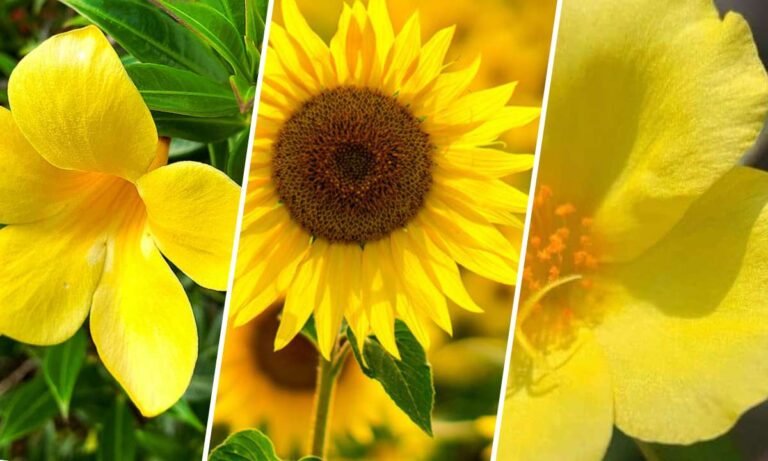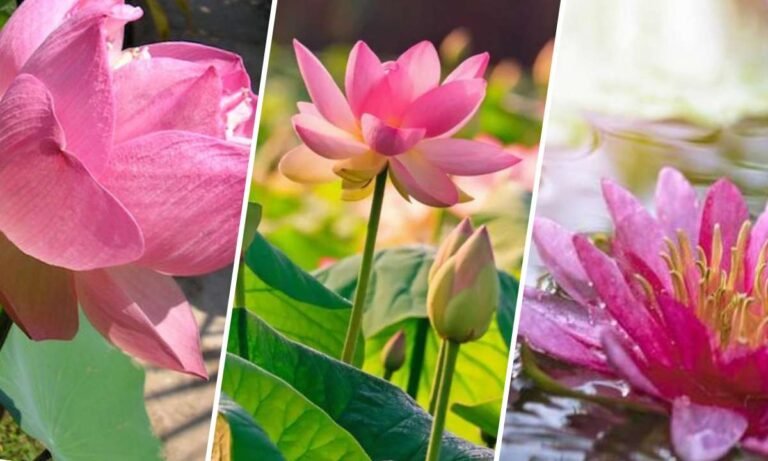Willow flowers are delicate and graceful, capturing human fascination for centuries. Not only are they visually captivating, but they also hold rich symbolism and meaning. Let’s dive into the enchanting world of willow flowers, exploring their origins, cultural significance, and uses in art and literature.
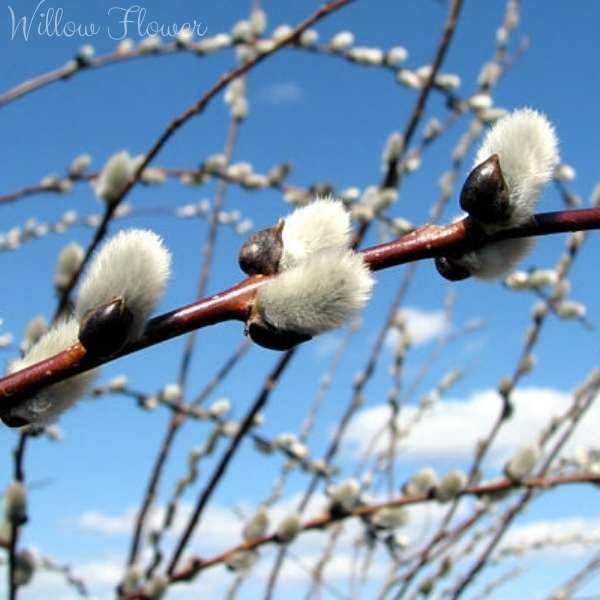
Origins and Botanical Overview
Willow flowers come from the Salix genus, which includes around 400 species of deciduous trees and shrubs known as willows. These plants thrive in temperate and cold regions of the Northern Hemisphere. Willow trees are recognized for their long, slender branches and drooping leaves, creating a serene and picturesque scene.
Willow flowers, or catkins, appear in early spring, often in yellow or green clusters along the branches. These flowers play a crucial role in the willow’s reproductive system by attracting pollinators and ensuring the species’ continuation.
Symbolism and Cultural Significance
Flexibility and Resilience
Willow flowers symbolize flexibility, as the willow tree can bend without breaking. This characteristic represents resilience and adaptability, making the willow a powerful symbol in various cultures. It signifies the ability to withstand hardship and emerge stronger.
Connection to Water and Emotions
Willows are often found near water, linking them to emotions and intuition. Many cultures see the willow as a tree that helps individuals connect with their inner selves and navigate emotional challenges. The flowing branches of the willow resemble the movement of water, further reinforcing this association.
Representation in Art and Literature
Throughout history, willow flowers have been a popular motif in art and literature. In Chinese culture, the willow tree symbolizes immortality and renewal, often appearing in poetry and paintings as a graceful and enduring presence.
In Western literature, the willow is frequently associated with sorrow and mourning. In Shakespeare’s “Hamlet,” a poignant scene features Ophelia drowning near a willow tree, cementing the tree’s connection to grief and loss.
Varieties of Willow Flowers
Several notable varieties of willow flowers, each with unique characteristics, include:
White Willow (Salix alba)
Native to Europe and Western Asia, the white willow is named for the white undersides of its leaves. Its yellow flowers appear in early spring. This variety is often used in traditional medicine due to its high salicin content, a precursor to aspirin.
Weeping Willow (Salix babylonica)
The iconic weeping willow, known for its long, drooping branches, creates a curtain-like effect. Originating from China, its small yellow flowers add to the tree’s ethereal appearance.
Pussy Willow (Salix caprea)
The pussy willow is notable for its soft, furry catkins resembling tiny cat paws. Popular in floral arrangements, this variety is often associated with spring and renewal.
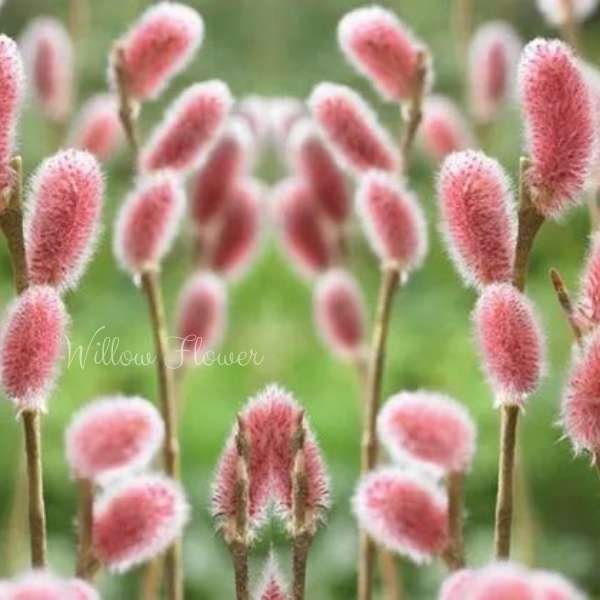
Cultural Practices and Traditions
Willow flowers and trees have been integrated into various cultural practices and traditions worldwide, such as:
Chinese New Year
During Chinese New Year, willow branches symbolize renewal and the arrival of spring. Their flexibility reminds people of the importance of adapting to change and embracing new beginnings.
Easter Celebrations
In many European countries, pussy willow branches are used in Easter celebrations. They are often brought to church to be blessed and then used in homes as a symbol of protection and prosperity.
Medicinal Uses
For centuries, willow bark has been used in traditional medicine. The salicin in willow bark has anti-inflammatory and pain-relieving properties, making it a valuable natural remedy for various ailments.
Willow Flowers in Modern Times
Today, willow flowers continue to be appreciated for their beauty and symbolism. They are often used in landscaping and garden design to create serene and picturesque environments. The willow’s graceful branches and delicate flowers can transform any outdoor space into a tranquil retreat.
Environmental Benefits
Willow trees play a crucial role in the environment. Their extensive root systems help prevent soil erosion, and their presence near water bodies maintains aquatic ecosystems’ health. Willows also provide habitat and food for various wildlife species, making them an integral part of many natural habitats.
Artistic Inspiration
Artists and designers continue to draw inspiration from willow flowers. Their elegant form and symbolic meanings make them a popular subject in various creative fields, from painting and sculpture to fashion and interior design.
Caring for Willow Trees
If you are considering adding a willow tree to your garden or landscape, here are some tips for proper care:
Planting
Willow trees prefer moist, well-drained soil and plenty of sunlight. When planting a willow tree, ensure it has enough space to grow, as these trees can become quite large.
Watering
While willows tolerate various soil conditions, they thrive in moist environments. Regular watering is essential, especially during dry periods, to keep the tree healthy and vibrant.
Pruning
Pruning is important to maintain the willow’s shape and promote healthy growth. Regularly remove dead or damaged branches and thin out dense areas to allow for better air circulation.
Pest and Disease Management
Willow trees can be susceptible to pests and diseases. Keep an eye out for common issues such as aphids, caterpillars, and fungal infections. Promptly address any problems to prevent them from spreading and causing significant damage.
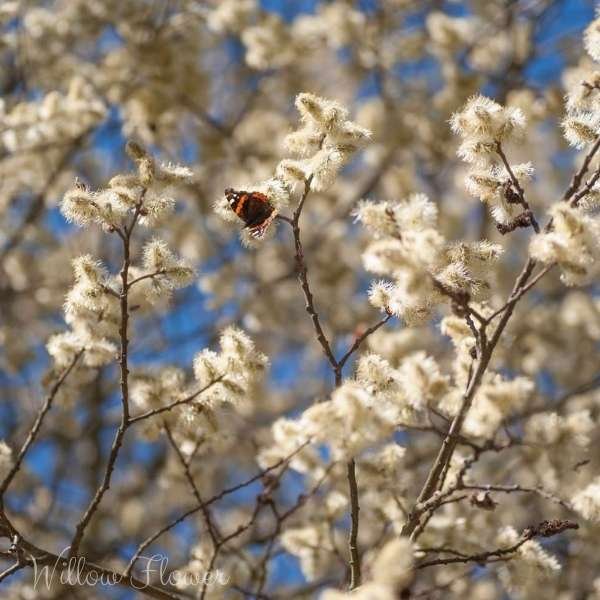
Conclusion
The willow flower, with its delicate beauty and profound symbolism, has captivated human hearts for centuries. Whether admired for its flexibility, emotional connections, or cultural significance, the willow flower holds a special place in our collective consciousness. By understanding and appreciating the many facets of this enchanting flower, we can deepen our connection to nature and the rich tapestry of meanings that willow flowers represent.



